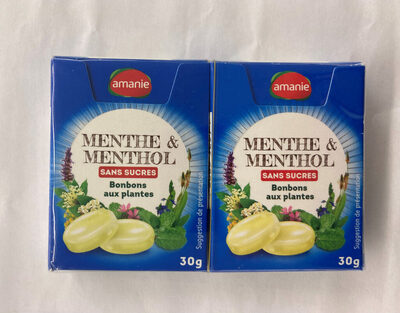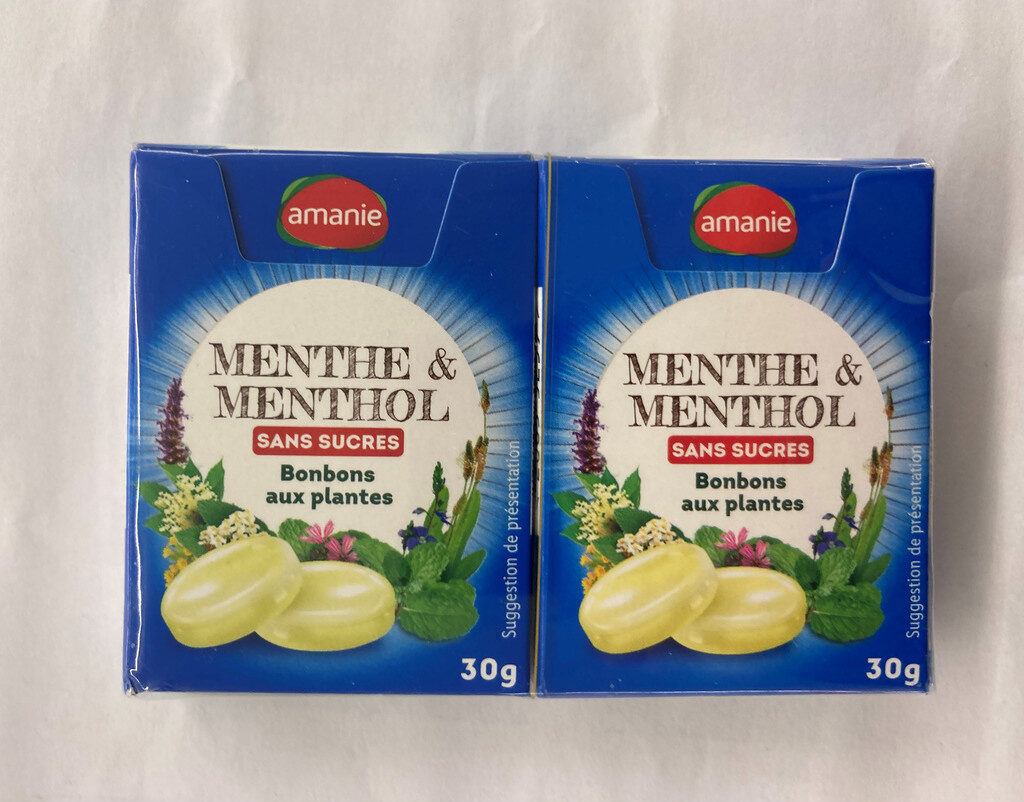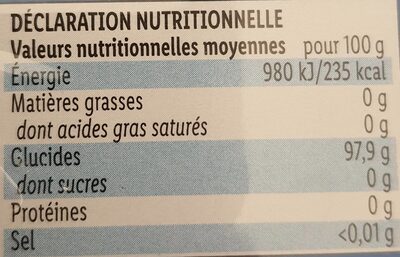Bonbons menthe & menthol sans sucre - Riniel - 30 g
Ambiguous barcode: This product has a Restricted Circulation Number barcode for products within a company. This means that different producers and stores can use the same barcode for different products.
×
This product page is not complete. You can help to complete it by editing it and adding more data from the photos we have, or by taking more photos using the app for Android or iPhone/iPad. Thank you!
×
Barcode: 20655259
Quantity: 30 g
Brands: Riniel
Categories: Snacks, Sweet snacks, Confectioneries, Candies
Labels, certifications, awards: No preservatives, Excessive consumption can have laxative effects
Countries where sold: France
Matching with your preferences
Environment
Carbon footprint
Packaging
Transportation
Report a problem
Data sources
Product added on by kiliweb
Last edit of product page on by segundo.
Product page also edited by lapotre, openfoodfacts-contributors, roboto-app, yuka.DLBFP46yTtceA_bN6Y0GhxfhM7bdLeVLNk8MoQ, yuka.FaxHI9WoQpwoJ93o3rAe1jmlDLfRW6YGQGAnow, yuka.SHZrZE9iby8vK3N6c01NeThEL2VvYzk0dzhTS1lVT2xjTm8ySVE9PQ, yuka.U-1MYsDUR8wOTMLuyYQNgDmUTPrQX_xeIXIAog, yuka.UVBBL1BwWUxoUGNPbnNRazhoaUZvZEIyd2NXNFJUS3NLN1U5SVE9PQ, yuka.VaxbJo6VRZILN_XJ14kSzmGYSbvYBdUEBHkKog, yuka.WlpFNUtiNDl1S05SdVBFWHd4ejB4LzllNjcyd1JFNjZGckFPSWc9PQ, yuka.XItAM_HaQNIBOPCP1I8b0zOlDtuwHcVlEkwtog, yuka.XLtrEdnTH8N9Ld3Y0YsU3wWyNsbmPsFiKEZXog, yuka.YjUwbVA1c1p2TndCbThFNS9VTEV5LzBxeWFLdUF6cnRNZlpKSUE9PQ, yuka.YmI4TEtvQTZpZGM0bnNFODR6cnYrZXhxL0x5TlVVMm1Bc1F1SVE9PQ, yuka.ZC9vcEhQVXp2TlVobmNBUzVpM2E5OUpJeHFhU1gwR1BDOUJKSUE9PQ, yuka.sY2b0xO6T85zoF3NwEKvlh1AX_uEjiP-JjzfiULV4fKTNr_ZOvROy9mnN6g, yuka.sY2b0xO6T85zoF3NwEKvllNgTPjGozLtKC3fq2-s1s6Tf6bIPd8qxrfBDKs, yuka.sY2b0xO6T85zoF3NwEKvlnYab-aAgCDiMyXtvHebntyvIrzzS91tvKz1LKg.









